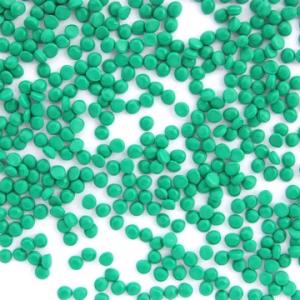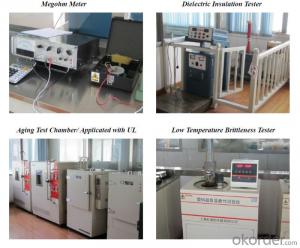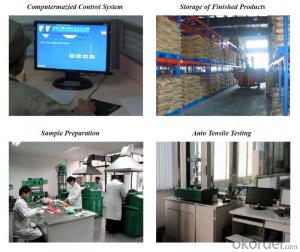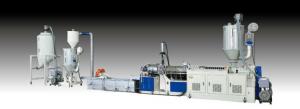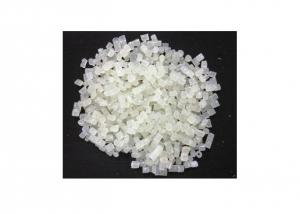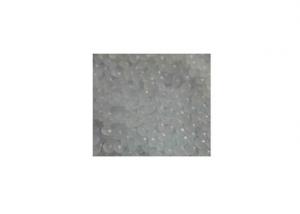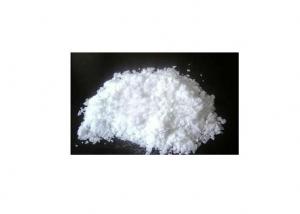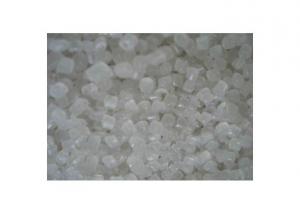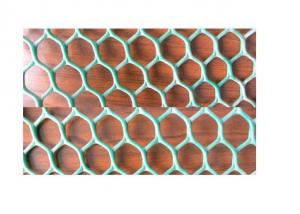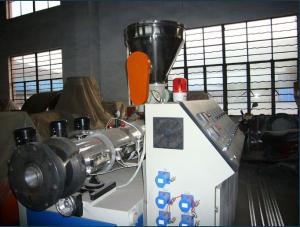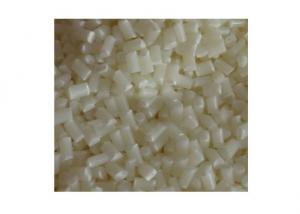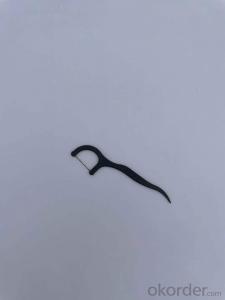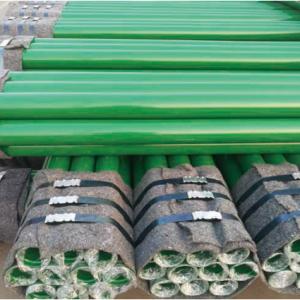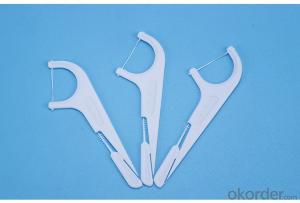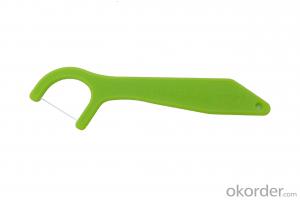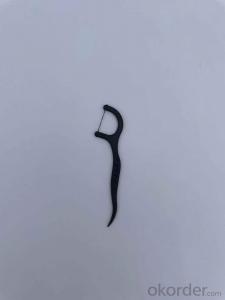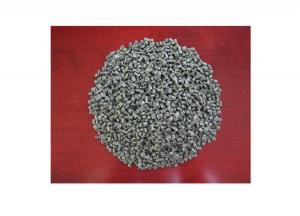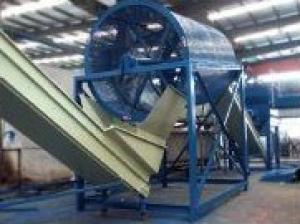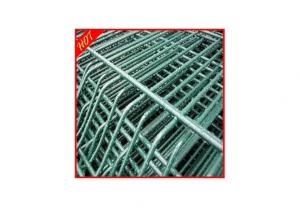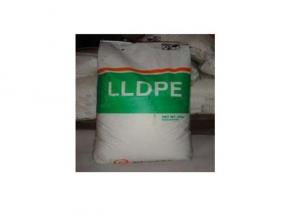Oil Resistant Irradiation Cross-linkable Low Smoke Zero Halogen Flame Retardant Polyolefin Compound
- Loading Port:
- Shanghai
- Payment Terms:
- TT OR LC
- Min Order Qty:
- 1 m.t.
- Supply Capability:
- 350 m.t./month
OKorder Service Pledge
OKorder Financial Service
You Might Also Like
locomotive cable compound:
(1) competitive price
(2) 30 years of experience
(3) stable quality
(4) customized product
Locomotive Cable Compound:
1. Applications and cable specifications:
Applied to the locomotive cables which voltage is less than 3KV and temperature is 125°C.And the cable is used in the no mineral oil and no fuel oil environment.
2. Description:
Irradiation cross-linkable, low smoke halogen free and flame retardant POE compound for locomotive cables, based on special high oil resistant POE resin, is produced and pelletized by special technology with adding special stabilizing agent, modifier, halogen free flame retardant, cross-linking agent, antioxidant and other special additives. It meets the locomotive cable requirements of high temperature resistant and oil resistant.
3. Processing:
Irradiated dosage:12-15 megarad
The compound can be processed with conventional extruders, and the normal PVC screw with a minimum 20:1 L/D. It is better if use low compression ratio screw.
The following temperature(°C) profile of extruder is recommended:
| Zone | Zone 1 | Zone 2 | Zone 3 | Zone 4 | Head | Die |
| temperature °C | 130 | 145 | 150 | 150 | 145 | 145 |
4. Storage and transport:
Packing: 25kg/bag, PE membrane inside bag and craft outside bag.
Avoiding in direct sunlight and weathering.
Storage place should be clean, cool, dry and ventilated.
5. Properties:
| Item | Unit | Standard Value ( after irradiation cross-linked) | ||
| JFDW04 | JFDW05 | JFDW06 | ||
| Tensile Strength | ≥Mpa | 9 | 9 | 9 |
| Elongation at Break | ≥% | 125 | 125 | 125 |
| Thermal Aging | Condition °C×h | 158×168 | 158×168 | 158×168 |
| TS/EB retention | 80 | 80 | 80 | |
| ≥ % | 60 | 60 | 60 | |
| High temperature pressure test | Temp.°C | — | 125 | 125 |
| ≤ % | — | 50 | 50 | |
| Oil resistant | Type | — | 20# machine oil | 20# machine oil |
| condition°C×h | — | 100×70 | 100×70 | |
| Variation on Tensile Strength | ≤ % | — | -50 | -50 |
| Variation on Elongation at Break | ≤ % | — | -50 | -50 |
| Oil resistant | Type | — | — | 0# diesel oil |
| condition °C×h | — | — | 70×168 | |
| Variation on Tensile Strength | ≤ % | — | — | -55 |
| Variation on Elongation at Break | ≤ % | — | — | -55 |
| Impact Brittleness Temperature | ≤ °C | -40 | -40 | -40 |
| Volume Resistivity, at 20°C | ≥Ω.m | 1.0×1012 | 1.0×1012 | 1.0×1012 |
| Oxygen Index | ≥ | 30 | 30 | 30 |
| Smoke Density Flaming | ≤ | 100 | 100 | 100 |
| Non flaming | ≤ | 200 | 200 | 200 |
| Acidity of gases evolved (pH) | ≥ | 4.3 | 4.3 | 4.3 |
| Conductivity of gases evolved | ≤μs/mm | 10 | 10 | 10 |
6. Company
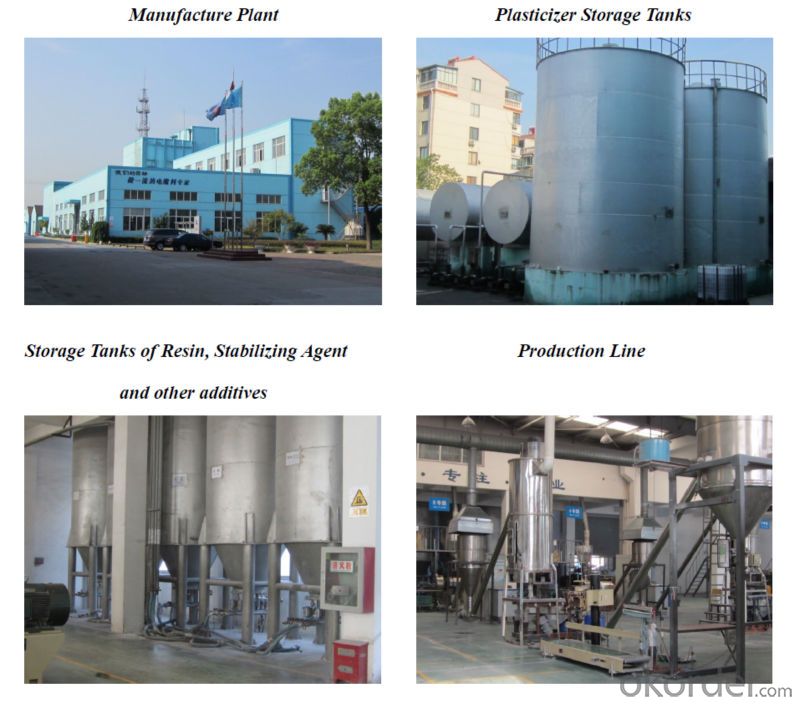
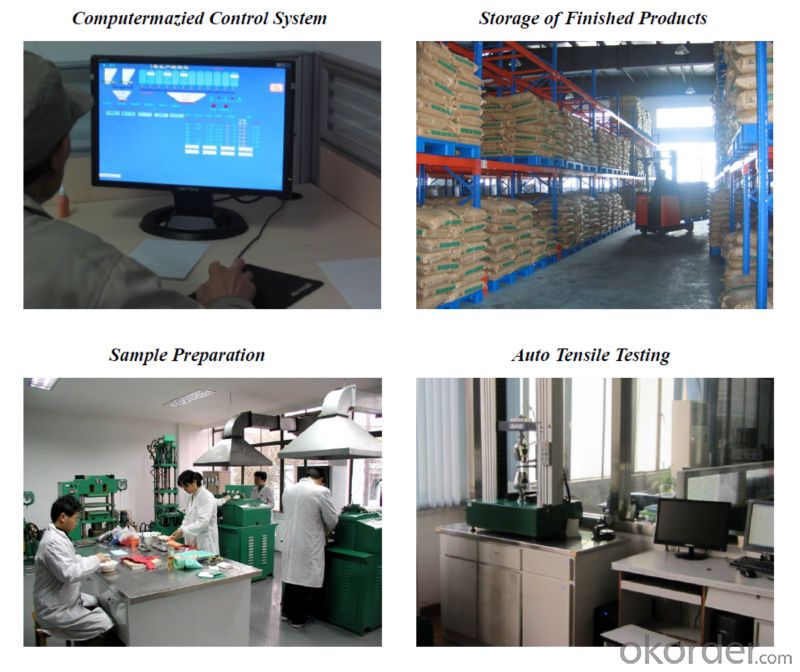
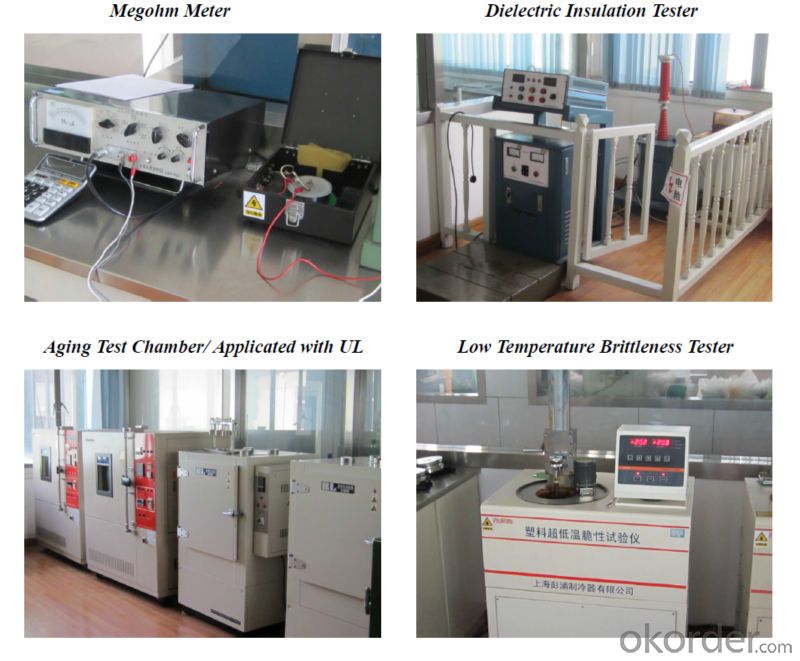
- Q:What plastic material is used for plastic hose?
- ABS pipe: good corrosion resistance, light weight, heat resistance is higher than PE, PVC, but the price is more expensive. Bonding, flange thread connection, sanitary ware sewer pipe, gas pipe, sewage pipe, underground cable pipe, high anti-corrosion industrial pipe, etc.
- Q:What is the hardness of PAEK+30%GF plastic material?
- The German mineralogist 7 (F.Mohs) from nature ten minerals commonly used as the standard, the hardness is divided into 1 degrees to 10 degrees ten grades, namely Moss hardness standard (Mohs Hardness), also known as the Moss hardness (Mohs hardness).Mohs hardness used to express the performance characterization of mineral mutual abrasion resistant ability.
- Q:What are the raw materials made of modified plastics?
- In order to reduce costs, improve performance and meet different needs, plastics are often modified to suit a variety of practical requirements. Commonly used methods are mainly:1. filling modification, adding a certain amount of filler in plastic is an important way to reduce plastic prices and improve performance. Such as phenolic resin filled with wood and paper made of bakelite practical material, overcomes the weakness of crisp.2. blends of two or more polymers with similar properties and two or more polymers are blended in a certain proportion to make polymer blends.3. copolymerization of two or more than two kinds of monomer polymerization of a copolymer of ethylene propylene rubber, such as copolymerization of ethylene and propylene has a good elasticity; acrylonitrile, butadiene and styrene copolymer obtained with ABS resin.
- Q:What are the main biodegradable plastic bags made of?
- Biodegradable plastics(1) natural polymer modification method. Starch, cellulose, chitin, lignin, seaweed and other natural polymers as raw materials, through chemical modification and copolymerization method, these molecules were modified to synthesize biodegradable plastics.(2) chemical synthesis. The simulation of natural polymer structure, starting from simple water molecules, in the polymer chain of plastic with active groups such as amide, peptidyl, ester compounds containing these radicals, similar to natural protein structure, fragments of grease, easily biodegradable.(3) microbial fermentation, many microorganisms can take some organic substances as carbon source, through metabolism, secrete, produce polyester polymer, these molecules are easy to degrade, and can be further recycled.
- Q:Can PE material be used as food grade plastic?
- Plastic film PE the main consumption areas, because of its more and more used in consumption and transportation, the development of the relationship between demand and the overall economic situation is bigger, basically maintain a slightly higher than the national GDP growth, the growth momentum of stable existence of rigid demand. From the flexible packaging film production statistics, since 2006, the average increase rate of 13%, but also confirms the steady growth of plastic film. Another important consumption area of polyethylene is plastic pipe, and its output increases with the pace of urbanization in China, and the increase of municipal pipeline construction projects is increasing. In the next few years, the municipal water supply and drainage, gas pipelines, and urban underground power, communication, sheathing and pipelines will continue to be the focus of development in recent years.
- Q:What are the materials for making plastic basins? Are they raw materials?
- Generally PP material, transparent is raw material, opaque is not necessarily
- Q:Is plastic bucket and plastic bottle the same raw material?
- When the number of the triangle in the bottom of the plastic barrel is "3", the main component of the plastic barrel is polyvinyl chloride, also called PVC. This kind of plastic barrels can heat 81 DEG C, and the production process will use a lot of plasticizer (such as plasticizer, DOP) and heavy metal containing heat stabilizer, and the synthesis process is difficult to eliminate the presence of free monomer, these are considered to be toxic. Therefore, this kind of plastic bucket can not be placed people can eat directly, but also can not be recycled. Since the PVC used in this kind of plastic barrel is a kind of plastic which is not high temperature resistant, it can not be used in places where the temperature is higher.
- Q:What are the main raw materials of plastic products?
- ABS plastic (acrylonitrile butadiene styrene) English Name: AcrylonitrileButadiene StyreneSpecific gravity: 1.05 g / cubic centimeter molding shrinkage: 0.4-0.7% molding temperature: 200-240 DEG C, drying conditions: 80-90 hours, 2 hoursThe material performance is 1, the comprehensive performance is better, the impact strength is higher, the chemical stability and the electrical performance are good. It is suitable for making general mechanical parts, reducing wear and wear parts, transmission parts and telecommunications parts
- Q:What type of raw material for plastic straw?
- The basic properties of plastics depend mainly on the nature of the resin, but additives also play an important role. Some plastics are made up of synthetic resins, with or without additives such as plexiglass and polystyrene. The so-called plastic, in fact, it is a kind of synthetic resin, the shape of the natural resin with pine resin similar to, through chemical means of artificial synthesis, and is called plastic.
- Q:What are the plastic raw materials?
- 1, general plastics (polyethylene, polypropylene, polyvinyl chloride, polystyrene, ABS, etc.), thermosetting plastics (phenolic resin, epoxy resin, unsaturated polyester, polyurethane, silicone, amino resin, etc.);2 thermosetting plastics (phenolic resin, epoxy resin, unsaturated polyester, polyurethane, silicone, amino resin, etc.);3, thermoplastic engineering plastics (polyamide, polycarbonate, POM, PET, PBT and other plastics)
1. Manufacturer Overview |
|
|---|---|
| Location | |
| Year Established | |
| Annual Output Value | |
| Main Markets | |
| Company Certifications | |
2. Manufacturer Certificates |
|
|---|---|
| a) Certification Name | |
| Range | |
| Reference | |
| Validity Period | |
3. Manufacturer Capability |
|
|---|---|
| a)Trade Capacity | |
| Nearest Port | |
| Export Percentage | |
| No.of Employees in Trade Department | |
| Language Spoken: | |
| b)Factory Information | |
| Factory Size: | |
| No. of Production Lines | |
| Contract Manufacturing | |
| Product Price Range | |
Send your message to us
Oil Resistant Irradiation Cross-linkable Low Smoke Zero Halogen Flame Retardant Polyolefin Compound
- Loading Port:
- Shanghai
- Payment Terms:
- TT OR LC
- Min Order Qty:
- 1 m.t.
- Supply Capability:
- 350 m.t./month
OKorder Service Pledge
OKorder Financial Service
Similar products
New products
Hot products
